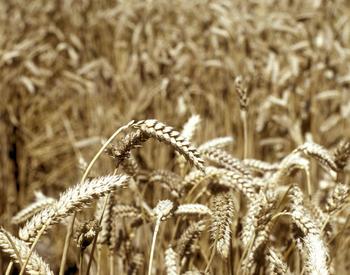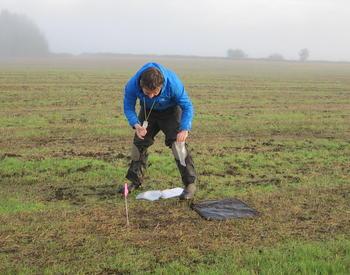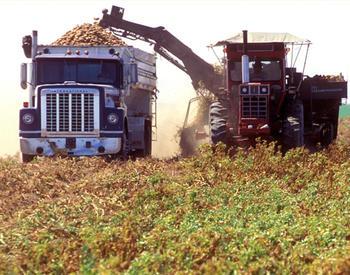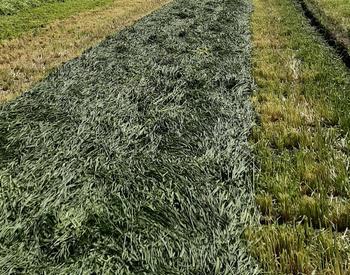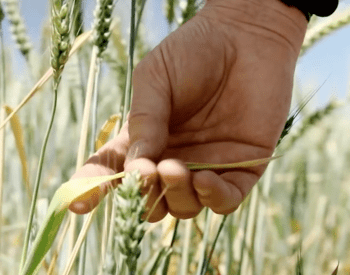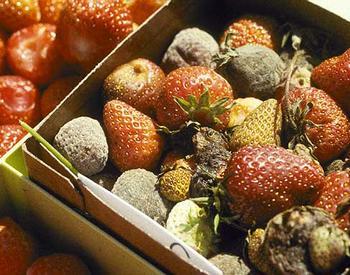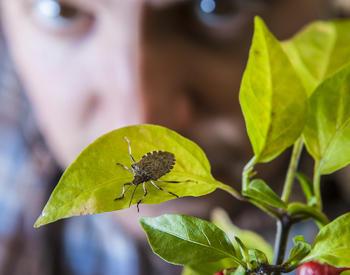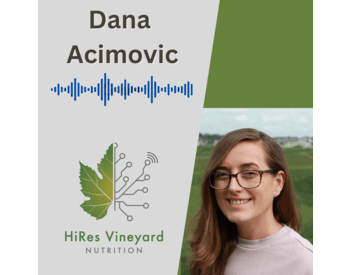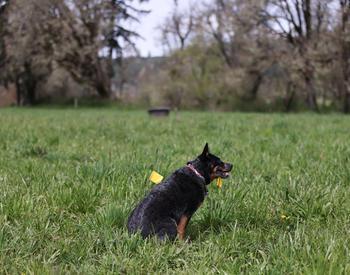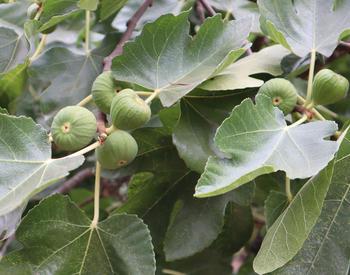CORVALLIS, Ore. – When Cynthia Ocamb was invited to tour a hop field in the early 2000s, she did not expect to see a prevalence of Fusarium canker higher than the single digits.
Driving around the field in Marion County, Ocamb was gobsmacked. A disease that generally affected 5% of the crop plants was affecting 75% in this field.
“I was shocked,” the Oregon State University professor of plant pathology remembered.
It was sign of the shift of what diseases the Oregon hop industry would be combatting. Powdery mildew is no longer the forefront research concern as it is well managed in the Pacific Northwest overall. In 2022, Ocamb was awarded $182,633 from the U.S. Department of Agriculture to study the effect of Fusarium canker on hops, making her research invaluable in the larger fight against hop diseases — something Oregonians have a big stake in.
Oregon loves beer
Beer aficionados and industry members know that Pacific Northwest is a hop hub — in 2023, 100% of the country’s production was split between Washington, Oregon and Idaho. In fact, the aptly named Willamette hop is used by big-time beer companies like Anheuser-Busch.
For worried beer drinkers, Ocamb assures that Fusarium canker in hop is not the sign of a beerpocolypse. Although the hop component of beer is small, Ocamb explained, it is an important component, since hops are behind the aroma and flavor add to the brews — that is what gives the drinks their distinctive bitter taste. There is no beer shortage coming, though “beer drinkers could witness shifts in hop varieties,” she said.
This is your notice: Check in on any IPA-obsessed friends.
The Fusarium hitting hops harder shows the steady increase of Fusarium that Ocamb has been unintentionally tracking over the course of her 37-year career over a variety of crops.
“Every project that I have done has built on my understanding of Fusarium as a pathogen,” said Ocamb, an OSU Extension plant patologist.
Meeting Fusarium
Fusarium is a group of fungi that “consists of a catalog of different species” that occurs across the world, Ocamb said. The type affecting hop is just one of a “giant tribe.” The Pacific Northwest hop fields’ Fusarium canker is a member of that larger group.
That giant tribe “can occur just about everywhere,” Ocamb said, marveling at its adaptability. She explained that it has been found both up in the Arctic soils and deep in the tropics. What makes Fusarium unique is that while it lives as a fungus in the soil, it can adapt various to diseases in plants and animals.
That versatility has led the microorganism to sneak up in even more unexpected places. As early as the 1950s, Fusarium was known to grow in military aviation fuel systems, leading to corrosion and risking safety. A few decades later, floppy disks battled infection as well. More recently, the fungus snuck up on human eyes and banana plants.
The trickiness is what draws Ocamb to the field. “Epidemiology is muddy and uncomfortable,” Ocamb said, quoting an old epidemiology textbook.
As a graduate student at the University of Minnesota, Ocamb ended up in Thor Kommedahl’s lab and studied Fusarium under the expert’s tutelage. In her first post-doctoral job, Ocamb was hired to investigate a mysterious root rot problem plaguing Midwestern nurseries. The culprit? Fusarium. Ocamb went onto prove that soil fumigation was not an effective treatment against the fungus, knowledge she has carried to future work.
Since settling at OSU, Fusarium has popped up in Ocamb’s work across multiple species from corn to beans.
Her decades-long relationship with the microorganism has led her to develop an unexpected fondness for it. “The more I work with it, the more years I spend on it, the more I respect it and realize it is a really powerful pathogen.”
Combating Fusarium
The respect doesn’t stop Ocamb from researching the best ways to fight it. Since Ocamb’s fateful day in Marion County, she hasn’t seen another field decimated at the same level —but that doesn’t mean the pathogen isn’t harming harvests.
It is hard to exactly quantify yield reductions, said David Gent, Ocamb’s collaborator in the OSU College of Agricultural Sciences. “The damage can range from almost unmeasurable to complete loss of a crop,” he said, which means yield reduction could be as low as 2% to as high as 100%.
Gent, a USDA research plant pathologist with an OSU courtesy appointment, averaged the total yield reduction to 5%. “That doesn't seem like a lot,” Gent said, but he emphasized that on top of direct yield loss, the disease can cause quality defects. “Having these completely desiccated brown cones … that can be as important as the yield loss,” Gent said.
With the grant from USDA’s National Institute of Food and Agriculture, Ocamb and Gent are researching what strains Fusarium are associated with the canker and developing non-chemical management approaches to reduce the impact of the disease.
Ocamb is leading the greenhouse trial portion, which includes testing if the cover crops used in the hop fields during the off seasons carry and spread the fungi. Gent leads field trials and genetic diversity studies, which track the effect of hypothesized management practices.
So far multiple results show promise, like switching from mechanical pruning to chemical desiccants. “This fits with our expectation that that if we can reduce wounding to the plant it will reduce disease,” Gent explained, since the pathogen can get into the plant via lacerations.
There is still a lot of work to be done.
“There is going to be no single silver bullet, it’s going to be a combination of things,” said Ocamb. Already Ocamb and Gent are pursing other grant research to look at how microbes could be used in management, something that has been successful for Ocamb in previous instances of Fusarium.
Fusarium futures
One of the most startling conclusions from Ocamb’s Fusarium research over the last several years is discovering its prevalence in soil. “We are getting numbers above 1000 CFUs on a routine basis. That is 100-200-fold higher than what the numbers were 25 years ago.” (CFUs refers to “colony-forming units,” and is a measurement tool in microbiology.)
More Fusarium, more problems. “I have this heightened concern of that Fusarium populations are building up,” said Ocamb. Many experts, including Ocamb, cite climate change as a driving force behind fungal pathogen growth.
While the threat of beer security may not be compelling to everyone, Ocamb sees the big picture: food security. Crops like the banana have long battled Fusarium and required complex research intervention.
In 10-20 years, Ocamb said, we may be looking at other crops effected by Fusarium. Understanding how the fungi work in all scenarios bolsters our defenses. Already, Ph.D. student Teddy Borland in Gent’ group has been able to identify links between the strains of Fusarium encroaching on hop and potato tubers.
Gent said that “beside trying to come up with practical solutions for growers now, we're trying to unravel some really interesting biology might have implications for management in the future.”
“It’s all part of this bigger project,” Ocamb emphasized.
